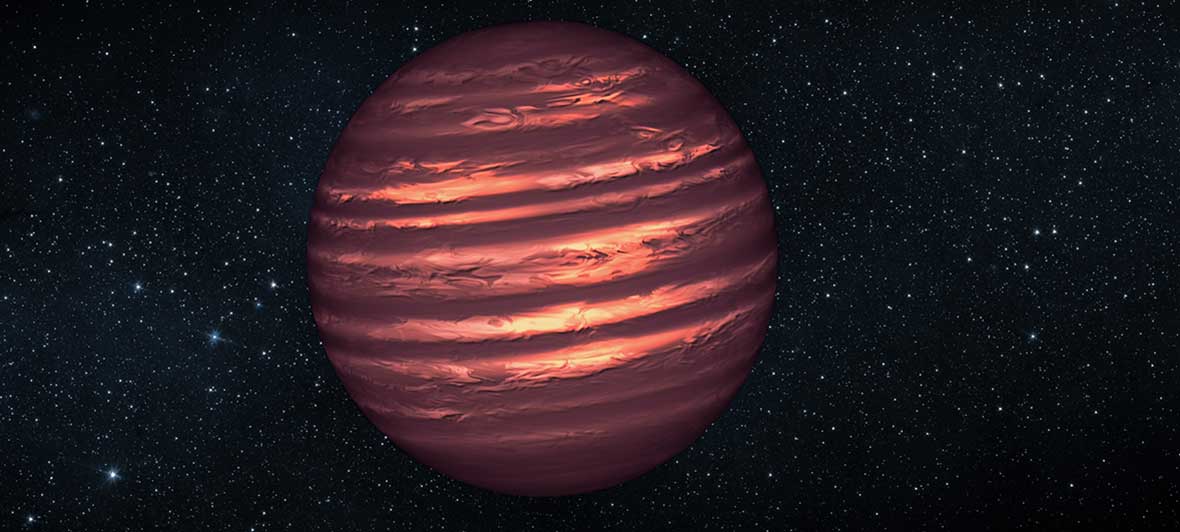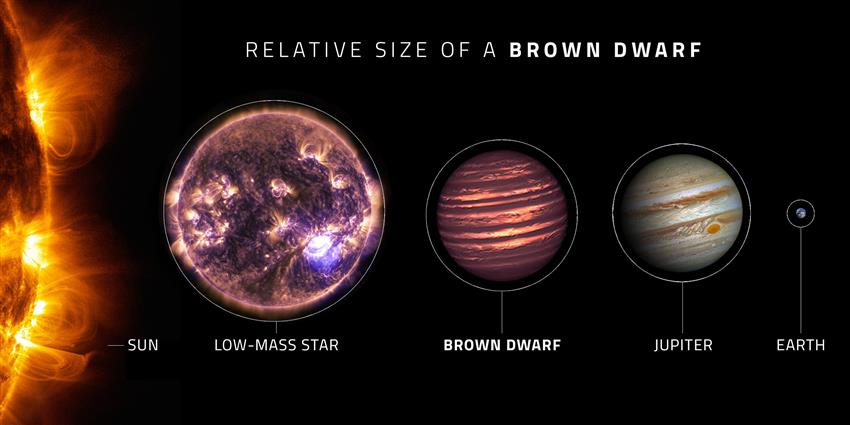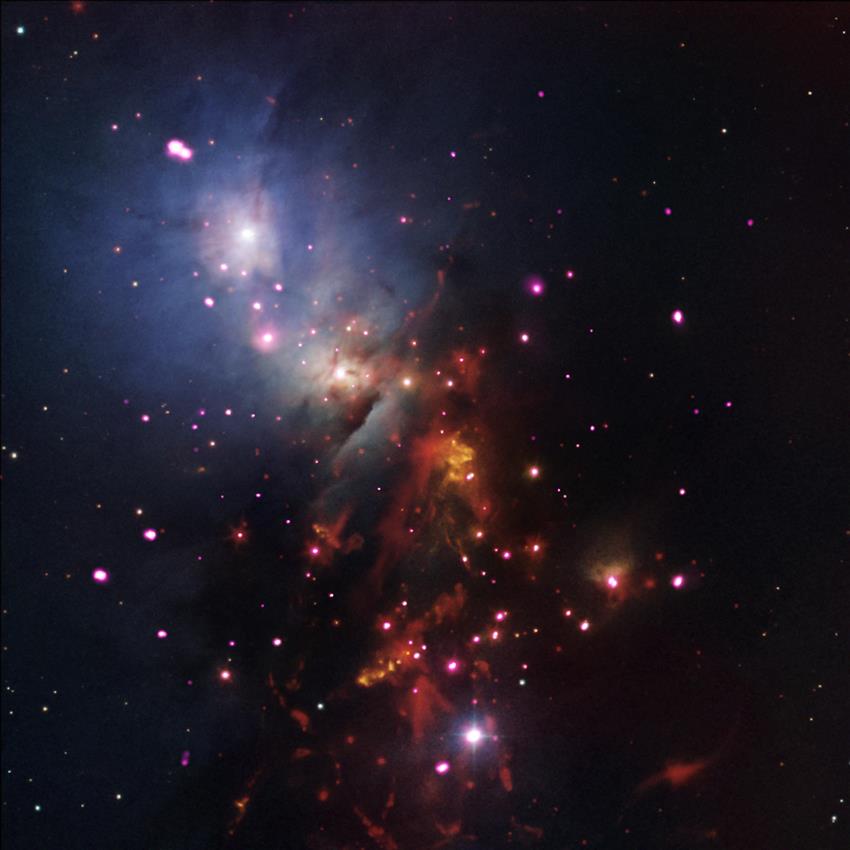Brown dwarfs
Astronomical objects can sometimes be difficult to categorize. For example, the difference between an asteroid and a planet can be hard to define, so scientists created a new category of objects, dwarf planets, to bridge the gap. The "grey zone
" in what counts as a giant planet versus a small star is similarly complicated – brown dwarfs exist in that in-between.
Failed star... or giant planet?
By definition, a star must be massive enough for nuclear fusion reactions to happen in its core. Inside of stars, hydrogen atoms fuse together, releasing lots of heat and light energy that fuels the star like a massive engine throughout its lifetime. The minimum mass required for this energetic process to begin is about 80 times the mass of Jupiter or 10 percent of the Sun's mass. Planets do not accumulate enough mass to spark these reactions.
With a mass between 13 and 80 times that of Jupiter, brown dwarfs are massive enough to ignite nuclear fusion in their cores, but the reaction involves deuterium atoms (or "heavy hydrogen
") instead of regular hydrogen. The structure of this element makes it easier to fuse, despite brown dwarfs' lower masses. By this definition, brown dwarfs exist in their own category, distinct from stars or planets.
A brown dwarf can shine for hundreds of millions of years before it runs out of deuterium. During this burn time, the brown dwarf's temperature can reach 2500 degrees Celsius, colder than most stars. Once they run out of fuel, brown dwarfs simply get colder and colder. In contrast, stars tend to die in a spectacular fashion, during an explosive phenomenon known as a supernova.
How can you tell what temperature an object is if you can't check it with a thermometer? You can determine which kind of light it shines brightest in! Colder stars and brown dwarfs are brightest in longer, less energetic wavelengths like red and infrared light. Hotter stars are brightest in shorter, more energetic wavelengths like blue and ultraviolet light.
Brown dwarfs, brilliant in the infrared
In part because they are much dimmer than stars, brown dwarfs are harder to observe and remain poorly understood. They do not emit much light in the visible range. However, they shine more brightly in infrared light, a type of light that is invisible to the human eye.
Some infrared light is blocked by Earth's atmosphere, which can complicate efforts to study these unique celestial objects. To avoid this shielding effect, some observatories, like the James Webb Space Telescope, are designed to operate in space. Among Webb's key scientific goals is to study brown dwarfs in infrared light using Canadian instrument NIRISS.


